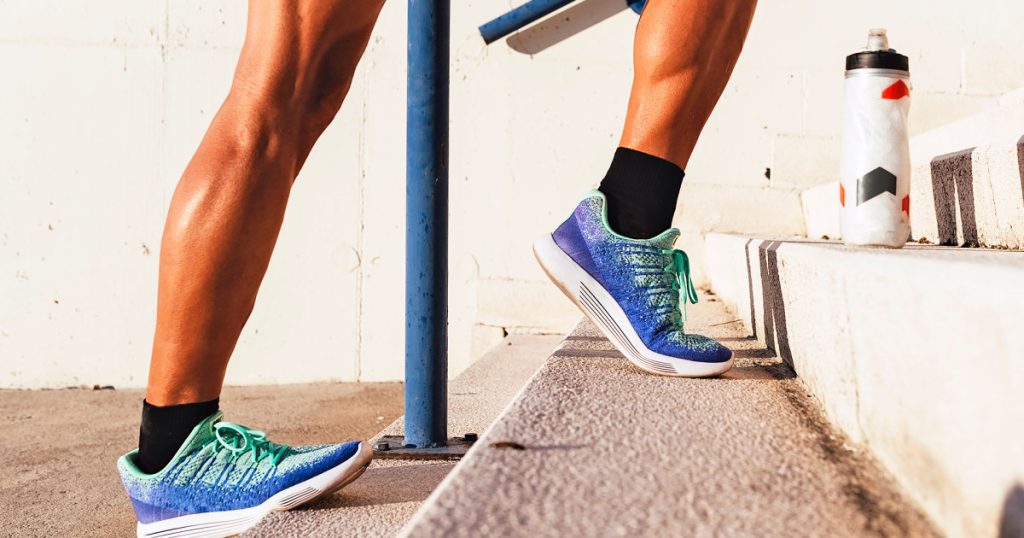Calf muscles are often neglected in lower-body workouts, but they play a crucial role in maintaining balance, stability, and overall leg strength. The calves support a significant portion of the load from the lower body and are essential for activities like walking, running, and jumping. The two main muscles of the calves are the gastrocnemius and soleus, which work together to help flex your feet, rotate your ankles, and propel you forward. It is important to target these muscles through specific exercises to prevent knee instability, Achilles strains, and other injuries.
The gastrocnemius is the largest part of the calf and is responsible for propelling you forward when lifting your heels off the ground. It is more prone to strain and injury due to its involvement in movements across two joints – the knee and ankle. The soleus muscle, located underneath the gastrocnemius, helps stabilize the lower leg and flex the ankle to maintain stability. Calf muscle pain can result from muscle strain due to activities like running or jumping without a proper warm-up or overuse without adequate recovery time. It is essential to listen to your body and rest if you experience severe pain, swelling, or difficulty bearing weight on the affected leg.
There are various leg exercises that target the calves, such as lunges, squats, jumping, walking uphill, running on an incline, biking, or indoor cycling with added resistance. These exercises engage the calf muscles to strengthen and improve their endurance. Additionally, there are several calf exercises that can be done at home without special equipment, including calf raises, single leg calf raises, downward dog, jumping jacks, butt kickers, jump squats, raised heel squats, mountain climbers, outward and inward calf raises, isometric calf raises, fast feet, reverse lunges, seated calf raises, walking lunges, tiptoe walk, lunge jumps, seal jumps, high knees, and calf rocks. By incorporating these exercises into your workout routine, you can effectively target and strengthen your calf muscles.
Strength and stability in the calves are crucial for everyday movements and activities such as walking, running, and jumping. By incorporating specific calf exercises into your workout routine, you can improve balance, prevent injuries, and enhance overall leg strength. The calves play a significant role in supporting the lower body and are essential for propelling you forward during various activities. It is important to pay attention to signs of muscle strain or injury and give the calves the rest they need to recover and prevent further damage.
Overall, targeting the calf muscles through specific exercises can improve balance, stability, and overall leg strength. By incorporating calf exercises into your workout routine, you can prevent injuries, improve endurance, and enhance your performance in various activities. The calves play a crucial role in supporting the lower body and are essential for maintaining proper posture and movement. It is important to listen to your body, rest when needed, and gradually increase the intensity of calf exercises to avoid strain or injury. Strengthening the calves can not only improve your physical performance but also enhance your overall health and well-being.


